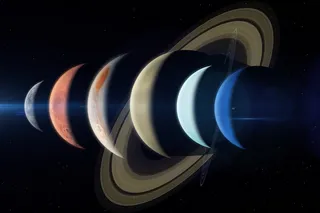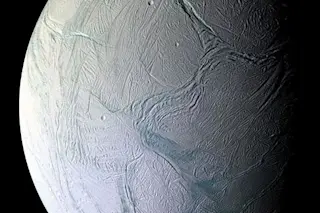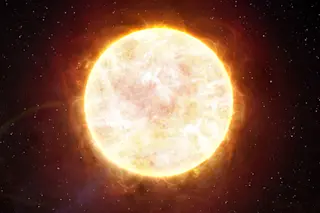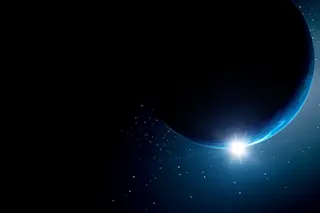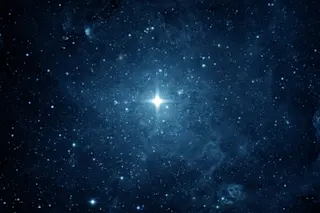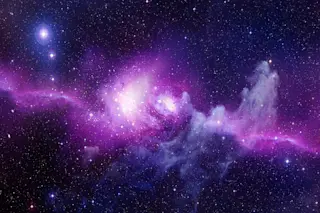[BAFacts are short, tweetable astronomy/space facts that I post every day. On some occasions, they wind up needing a bit of a mathematical explanation. The math is pretty easy, and it adds a lot of coolness, which I'm passing on to you! You're welcome.]
Today's BAFact: The Sun is 12 trillion times brighter than the faintest star you can see with your naked eye.
, I showed how the Sun is about 400,000 times brighter than the full Moon - and I showed my math. That's an amazing brightness difference, but while I was writing it I had to wonder: how much brighter is the Sun than the faintest star you can see? The faintest stars visible to the naked eye have a magnitude of about 6. This depends on lots of stuff, like how dark the sky is, how good your eyesight is, and so on. ...







